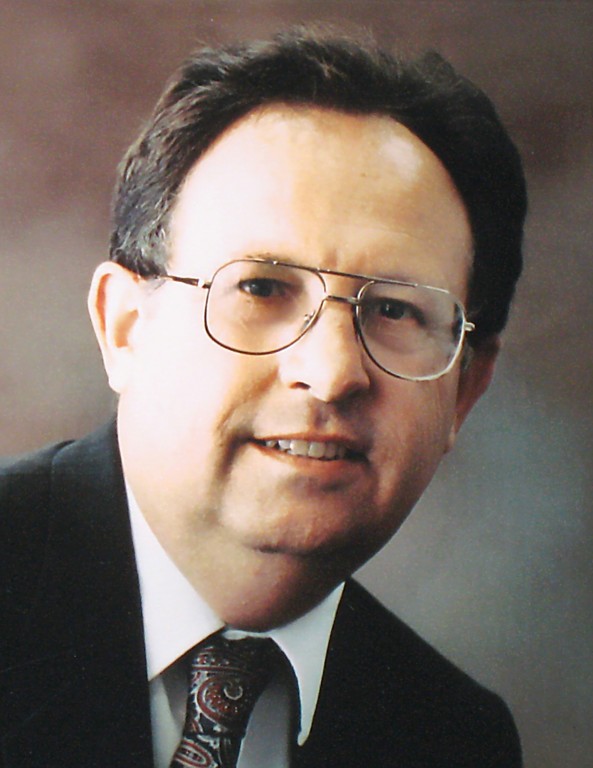Keynote Speakers
Dynamic speakers, with links to both university and industry sectors, will be highlights of the IEEE RFID 2011 program:
|
Mark Roberti, Founder and Editor, RFID Journal
“How to Create an RFID-Enabled World — And Make Money Doing It”
The RFID industry has benefited from research done at institutions around the world. But adoption levels remain low, and opportunities for both engineering breakthroughs and market success exist everywhere. What will it take for companies to deploy RFID on a large scale? What research projects are likely to enable broad adoption and create major new companies and new millionaires? This session will explore where market opportunities exist, how to tailor research initiatives to achieve them and how to move the RFID industry toward mass adoption. |

|
|
Jeremy Landt, Transcore
“The 39-year History of one RFID Company”
This talk traces the evolution of the Los Alamos Electronic Identification System from conception, through field trials, and a successful startup business. Early efforts to commercialize the system for the livestock industry were not fruitful and were redirected to transportation-related applications such as tracking rail cars and intermodal containers, electronic toll collection, and vehicular access control. Along with technical challenges, solutions, methods, and lessons learned, other elements of success are discussed. Some challenges of the early days remain to impede the adoption of RFID technologies. Electronics technology has evolved to enable capabilities of today’s RFID systems that were inconceivable or only dreams 39 years ago. Along with technical challenges, issues of privacy and business inertia remain. |
 |
|
Joshua Griffin, Disney Research
“RF Tags for Entertainment”
Applications of small, inexpensive radio frequency (RF) tags have grown tremendously over the past decade and are finding use in many industries, including the entertainment industry. From sports to amusement parks to video games, RF tags are attractive because of their small size, low power consumption, and their ability to communicate wirelessly. Furthermore, the potential for such tags in ranging, radiolocation, identification, and sensing applications is spurring research with entertainment in mind. This talk will discuss several potential uses of RF tags in the entertainment industry and highlight two ongoing research projects at Disney Research Pittsburgh – an active tag project for non-line-of-sight radiolocation and a transmit diversity project for passive backscatter RF tags. The motivation, technical details, and challenges for these projects will be discussed. |
 |
|
Faranak Nekoogar, Lawrence Livermore National Labs
“Ultra wide-band Radio Frequency Identification Systems”
Even though conventional RFID systems are currently quite mature and effective in many applications, the limitations posed by narrowband signal characteristics makes them somewhat unreliable for use in certain practical environments. Some of these limitations include:
- Difficulty to operate on/around metallic surfaces
- Privacy and security issues related to signal detection
- Signal blockage
- High power consumption by active tags
- Limited range of passive tags
- Limitations to worldwide operations
- Signal blockage
- High power consumption by active tags
- Limited range of passive tags
- Limitations to worldwide operations
Although the state-of-the-art research in conventional RFID systems has overcome some of these limitations, the use of ultra-wideband (UWB) signaling for tag-reader communications could be another option to address many of these challenges. The nature of short duration RF pulses in UWB signals used as building blocks for tag-reader communications, offers some important advantages over conventional carrier based RF signaling. Therefore, UWB technology can be considered as a powerful complementary approach to the existing solutions to overcome some challenges of the current RFID systems. We discuss the distinct advantages of UWB RFID systems over traditional RFID systems, such as improved security due to their low probability of detection and resistance to jamming, relative immunity to multipath which results in improved performance in metallic environments, and simple hardware architecture resulting in lower production cost. |
 |





